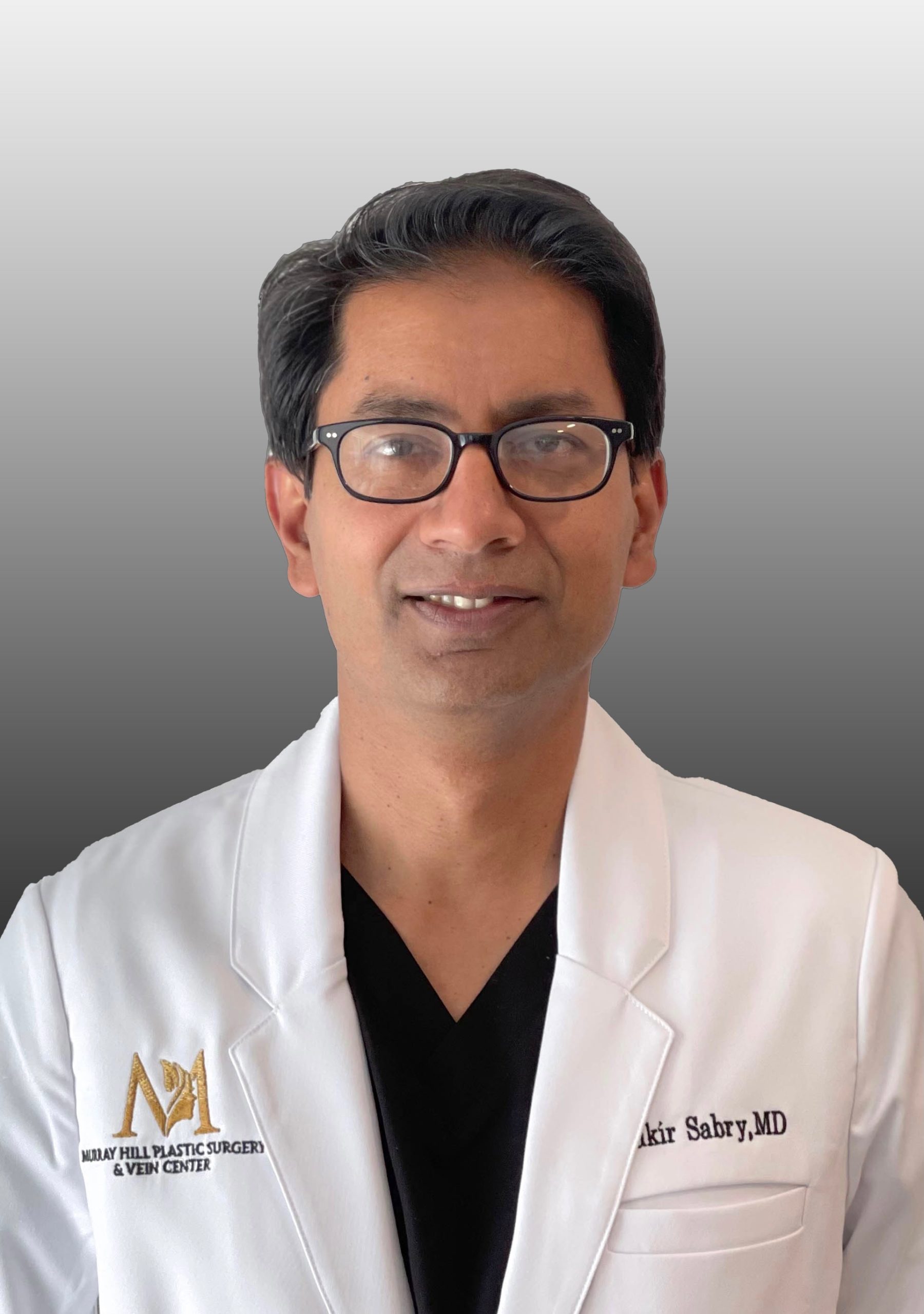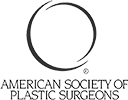Scar Revision
 It is a little known fact that healing from injury, or even planned surgeries, can result in unexpected or abnormal scar formation. There is no way to predict how the body will heal or the way a scar will develop.
It is a little known fact that healing from injury, or even planned surgeries, can result in unexpected or abnormal scar formation. There is no way to predict how the body will heal or the way a scar will develop.
There are many factors that can affect scarring:
- Size and depth of the wound
- Blood supply to the site
- Thickness and color of skin
- Orientation of the scar
Dr. Sabry can often improve the appearance of a scar through injections or by prescribing the topical application of steroid medications, or through surgical procedures known as scar revisions.
While there are many standard approaches to scar revision, your individual circumstances will largely determine the best approach and potential for benefit. It is important to keep in mind that many scars will fade and flatten in time. You should wait at least a year before considering revision. Dr. Sabry will examine you and give you his recommendations for treating your scar, whether surgical or non surgical. It is very important to keep in mind that whatever approach you decide on, the outcome can be unpredictable. It is important to have realistic expectations and consensus between you and Dr. Sabry before proceeding.
Murray Hill Plastic Surgery & Vein Center Scar Revision

Scar Revision Consultations
During your scar revision consultation with Dr. M. Zakir Sabry, he will answer questions you may have about the procedure and will discuss any safety concerns related to the surgery.
Scar Types and Treatment options
Z-plasty
Z-plasty is actually a surgical technique used to improve the cosmetic appearance of scars, and to reduce tension and contractures at the site. It requires an experienced plastic surgeon. Using this technique Dr. Sabry will reposition the scar so that it conforms to natural lines and creases in the treatment site. He will remove the old scar and make new incisions on each side, creating small triangular flaps of skin. These flaps will be rearranged to cover the wound at different angles, giving the scar a “Z”pattern. The incision will be closed with fine stitches, and which either reabsorb, or are removed a few days later. Z-plasty is usually performed as an outpatient procedure under local anesthesia. Z-plasty won’t make scars disappear entirely; a portion of the scar will still remain outside the lines of relaxation.
Hypertrophic Scars
These scars are thick, red, and raised. Hypertrophic scars differ from Keloid scars in that they do not spread. A conservative first approach would be steroid topical applications or injections. If that approach does not yield the desired outcome laser treatments or surgery may be the next option. Dr. Sabry will outline a procedure plan with you that may involve laser treatment or surgical removal of excess scar tissue and reorienting the incision. The size and location of the scar will determine if the surgery is done under local or general anesthesia.
Keloid Scars
A Keloid is a tumor of scar tissue. They are thick, fibrous, raised, often itchy, clusters of scar tissue that grow and spread beyond the incision or wound site. They can be red, lighter than, or darker in color than the surrounding skin. They can appear anywhere on the body, and are more common in people with darker skin tones. Treating Keloids is often a multi-step, reiterative process.
A first approach to Keloid treatment is injecting steroid medication directly into the scar tissue to reduce redness, itching, and burning. In some cases, this will also shrink the scar. If steroid treatment is inadequate, the scar tissue can be cut out and the wound closed. A skin graft may be needed depending on the length of the incision and the condition of treatment site. This is risky because the donor site may then develop a keloid.
Keloids often recur, sometimes even larger than before. Ongoing treatment may be a combination of scar removal with steroid injections, direct application of steroids during surgery, laser or radiation therapy. Dr. Sabry may ask you to wear a compression garment over the area for up to a year. Even so, the keloid may return, requiring repeated procedures every few years.
Contractures
Injuries that result in the loss of a large area of skin, such as burns, may form scars that pull the edges of the skin together and restrict normal movement of the muscles and tendons adjacent to the scar. Correcting a contracture usually involves removing the scar and replacing it with a skin graft or a flap. In some cases a Z-plasty technique is used after tissue expanders have created enough space for the old scar to be excised. If the contracture is a longstanding condition that has restricted movement, return to full function may require physical therapy.
Facial Scars
Dr. Sabry may be able to reposition a facial scar to run parallel to the natural creases and lines in the skin, where it will be less conspicuous. Medical grade skincare and the use of Rx topicals may lessen the obvious look of facial scars by evening out, lightenting and correcting pigmentation irregularities. Some facial scars can be softened using dermabrasion or other ablative and semi ablative modalities.
Acne Scars
There are many types of acne scars, ranging from discolorations, to deep pits, to scars that are angular or wavelike in appearance. Topical application of lightening agents such as Hydroquinone 4% or Kojic acid can help fade discolorations. Fillers and laser resurfacing can help with pitted scars and indentations. Dr. Sabry also recommends regular chemical peels and hydradermabrasion to help with skin texture and as a prophylaxis for future scarring.
Your Scar Revision will be performed by M. Zakir Sabry MD's surgery center located in New York, NY.







